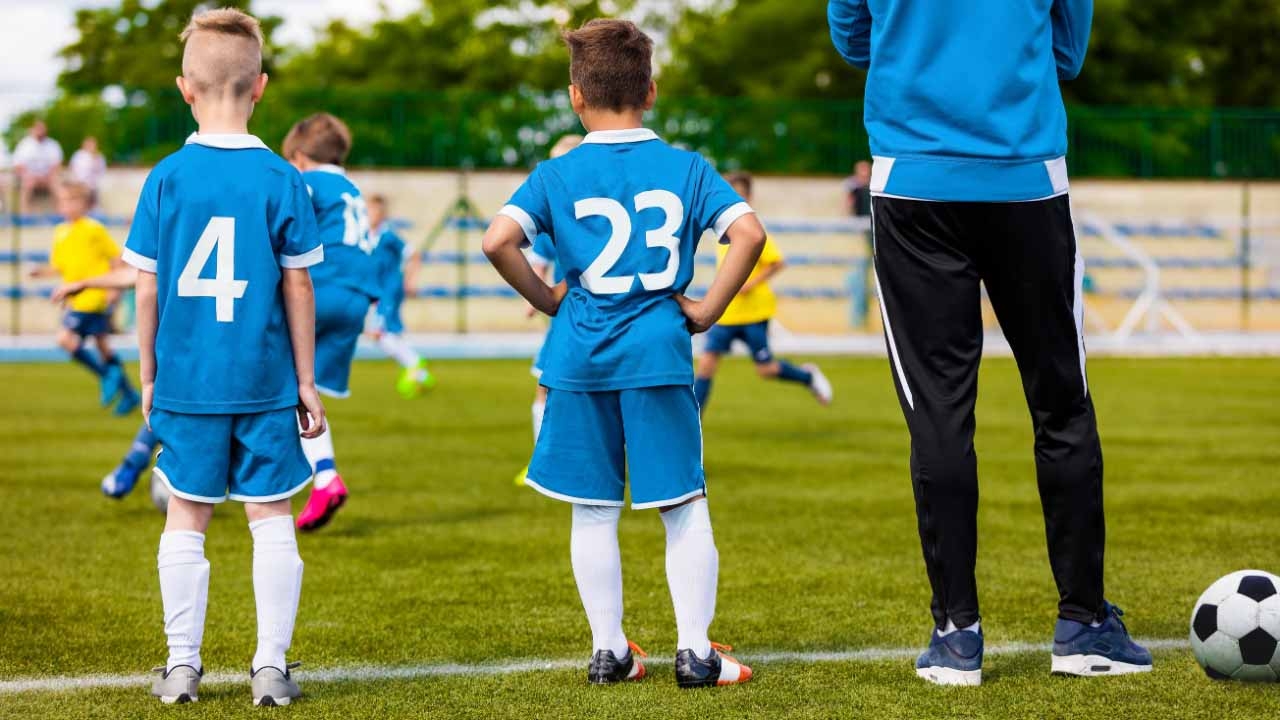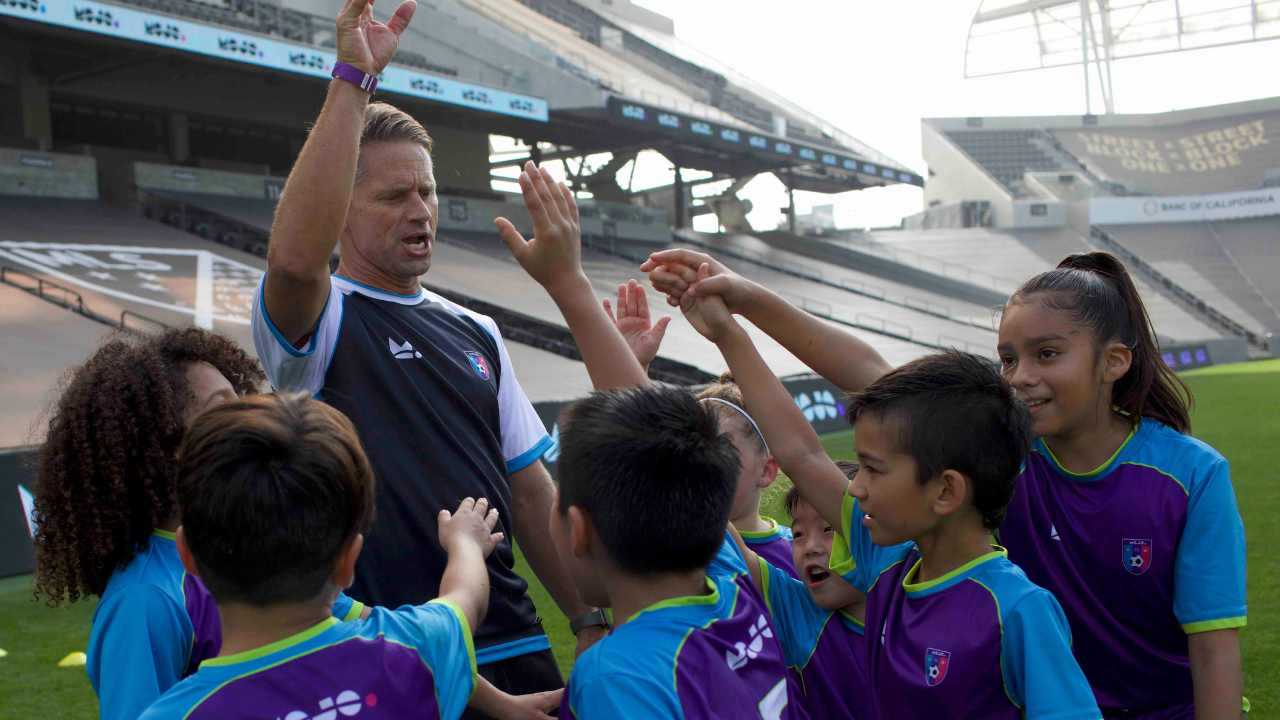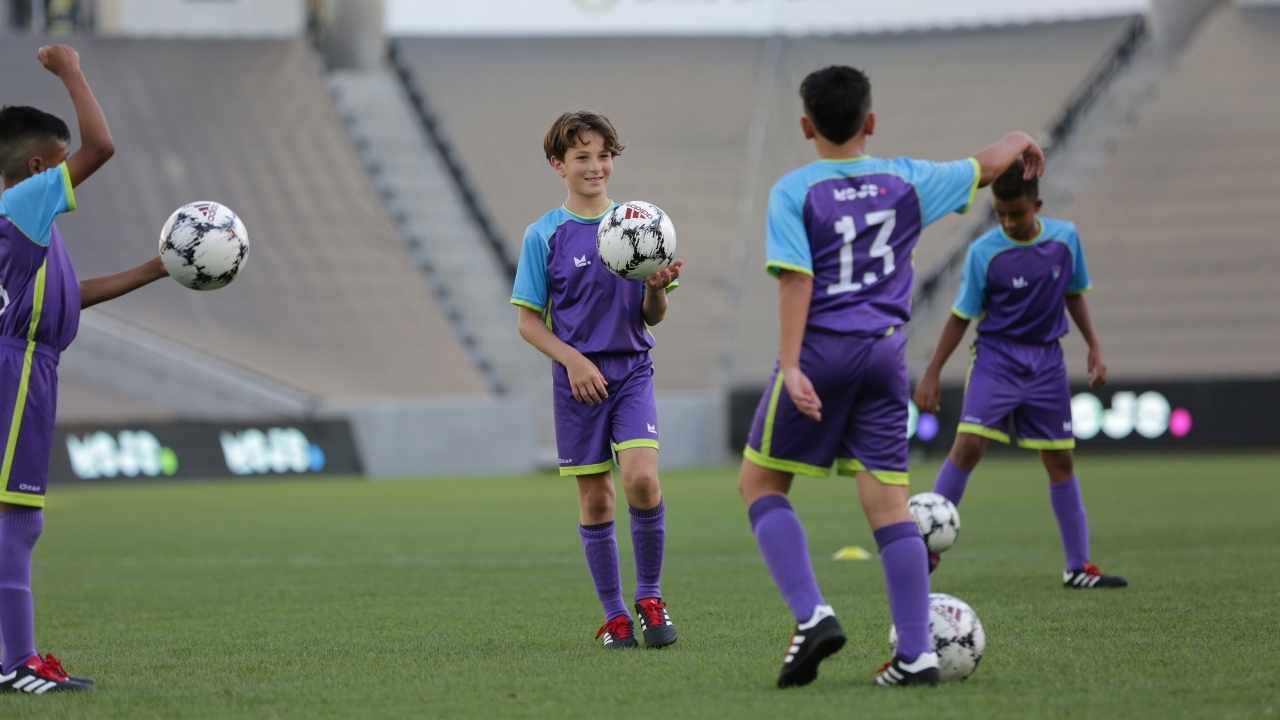3 Things to Avoid When Coaching Youth Soccer
Vince Ganzberg, of United Soccer Coaches, schools us on the three Ls of youth soccer — plus a fourth, for good measure.
Laura Lambert
| 5 min read

Canva
In grade school, it’s the three Rs — reading, writing and ‘rithmetic. When coaching soccer, it’s the three Ls — and you’re supposed to avoid them, Vince Ganzberg, of United Soccer Coaches, tells MOJO.
The three Ls are easy to remember: lines, laps and lectures. And each belongs to a decidedly out-of-date approach to coaching young soccer players.
“There are other ways, as opposed to how you were taught, or how I was taught,” says Ganzberg. “We now know a lot more about how children think and what they need.”
No lines
“The last thing you want to do is put kids in a line, waiting for their turn to play,” says Ganzberg. Kids are kids, and given the chance, they’ll take the opportunity to goof off or act up. “It’s going to cause you problems because they’re going to be distracted. They’re not going to pay attention,” he says.
The ideal is to choose games — like tag — that keep each kid as active as possible, or other activities where each player has their own ball. If you want to run some 2 vs. 2 activities, create another field, so more kids can be active at once.
That said, as any coach knows, lines are sometimes unavoidable. Maybe you’re coaching a group of eight or 10 kids solo, or you don’t quite have enough space. If that’s the case, make more lines so there are fewer players in each one — no more than three or four, says Ganzberg.
No laps
“A swimmer never runs laps around the pool. They always do it in the pool,” says Ganzberg. Similarly, why would soccer players get their hearts pumping with five laps around the field when they could be running on the field as part of a game or activity?
“Lose the laps,” says Ganzberg. “Let’s just let the kids play. They can learn, they can get in shape, through play.”
Sometimes it’s as simple as making the field longer, so kids run a bit farther, while still playing a game.
What’s more, laps don’t really offer the additional physical conditioning we think they do. “Especially when they’re young, you’re not fitnessing them,” says Ganzberg.
Laps can still come in handy in certain instances. “Maybe you need two seconds to set up,” says Ganzberg. “Fair enough, but I would not make it a habit.”
No lectures
“When you coach, it’s not an opening statement in a court of law,” says Ganzberg. You are not, as he says, the “sage on the stage.” No matter how much wisdom you want to impart, try to hold back. “They don’t want to be lectured. They want to come and play. They want to come and learn.”
To that end, Ganzberg is a fan of the pithy coaching phrase or coaching nugget. “For example, Hey, when you pass the ball, try and make that ball roll as flat as a board. That there says a lot,” he says.
Technically, you may be asking a kid to lock their ankle and hit the ball with their instep. But that kind of specificity doesn’t always land, especially with younger players, or those new to the game.
Better to focus on the overall goal — to make sure the ball doesn’t bounce. It’s the kind of skill they would be working on as part of through the gates passing, to get the ball directly to a teammate.
And a fourth L
The fourth L is kind of a play on words, says Ganzberg: No elimination games.
“Kids like competition — that’s true. And anytime you put competition to it, the level goes up,” he says. But as soon as you start playing elimination games — games where when your ball goes out, you’re out, or if you miss a shot, you’re out — there can be an unintended effect. “The kid that gets eliminated is the kid that needs the most work.”
“Soccer is a game of just repetition,” says Ganzberg. “They need to fail a little bit, but it shouldn’t be detrimental.”
So, while avoiding the Ls may feel at first like taking away familiar tools for structure, discipline or organization, that’s not the point. It’s about getting coaches to use better, more effective tools that make practice more instructive — and more fun.
And not just for the kids.
Says Ganzberg, “If you try to avoid lines, laps, lectures and elimination games, your life might be a little bit easier as a coach.”
Related articles
What You Need to Know About Play-Practice-Play




